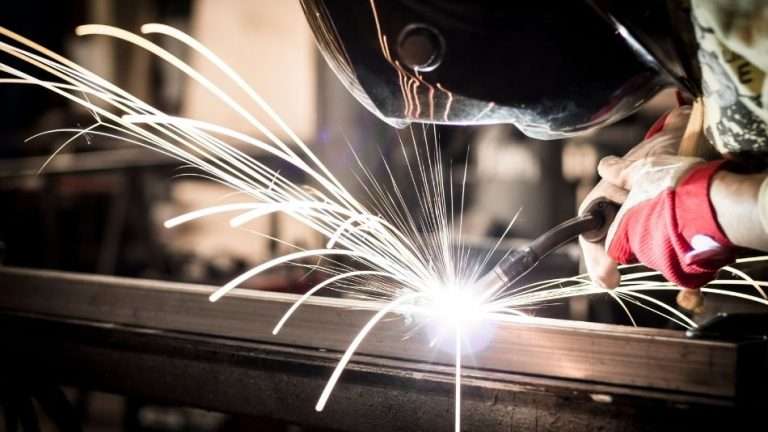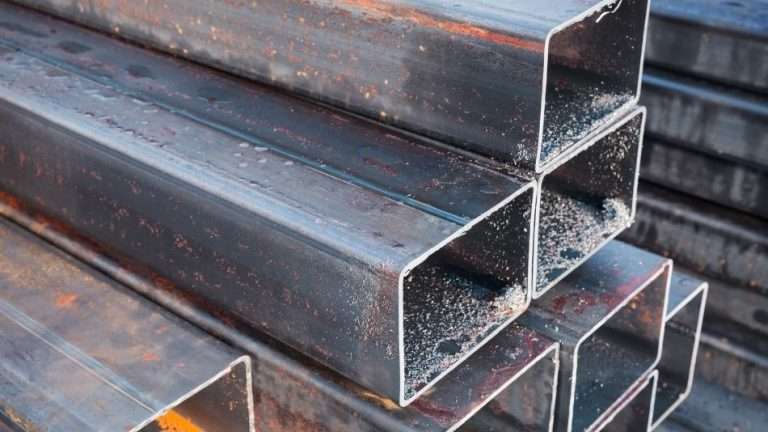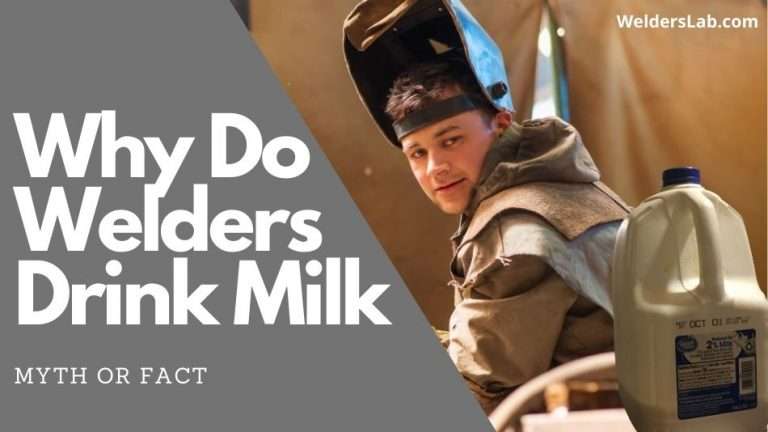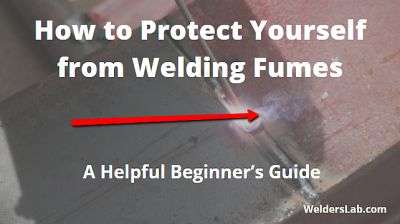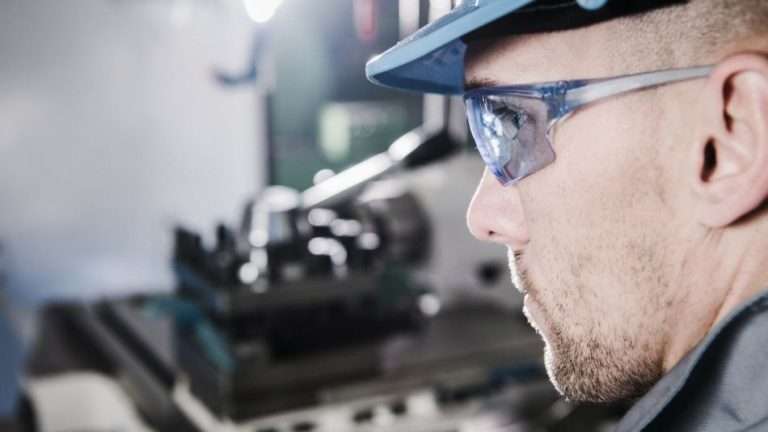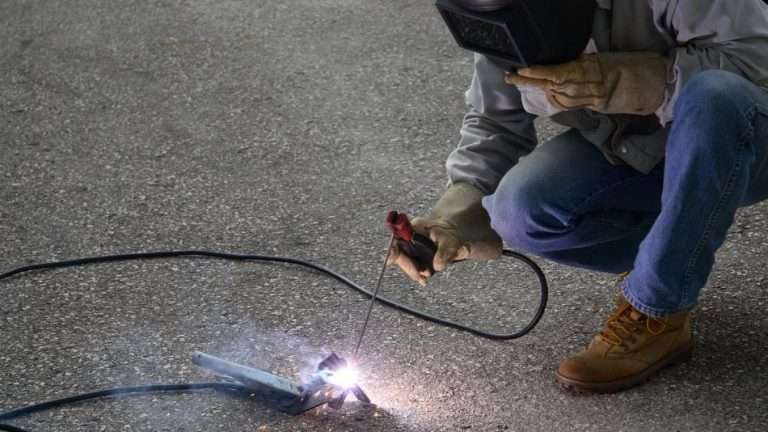Is It Illegal to Weld a Car Frame – Why You Should Not Do It
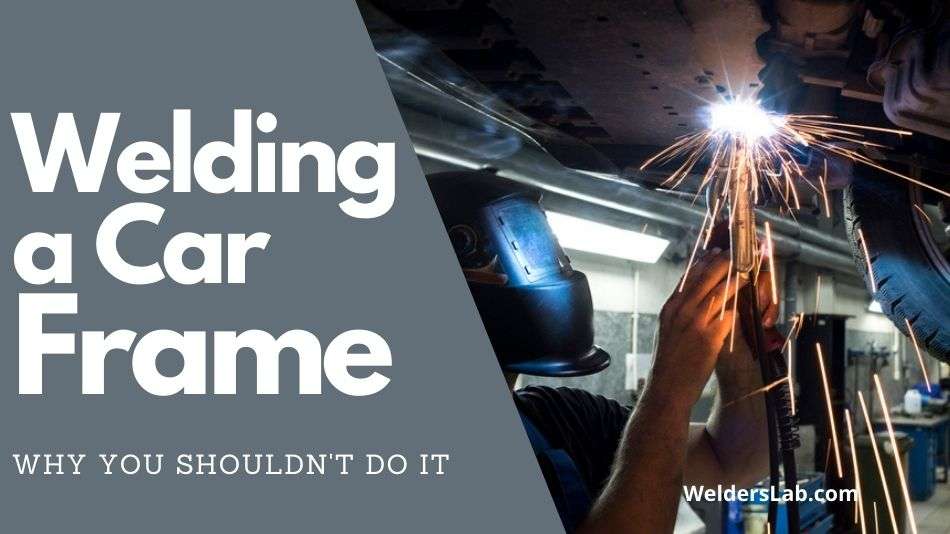
Is it illegal to weld a car frame? What about a truck frame? Is it illegal to weld a semi-truck frame? Well, I am not a lawyer, but I’ve dealt with this issue from time to time at my welding shop. But it is more important to tell you why I think welding a vehicle frame is a bad idea. Again, I am not a lawyer, but I know how to weld.
On a federal level, it is not illegal to weld a frame. However, the law does say that you must follow the manufacturer’s specifications and guidelines. At the local and state level, the laws may be different. At any rate, it is always a good idea to consult an attorney or legal professional before you start to weld your frame.
Of course, I do not think it is a good idea because it compromises the structural integrity of the frame. I am going to explain that in this article. I’m also going to go over the details about what you can and cannot do to your frame and stay within the manufacturer’s guidelines and recommendations.
So let’s go ahead and answer the big question.
Is it legal to weld a car frame?
Unless the frame needs to be repaired, I do not recommend welding a car frame, truck frame, or semi-truck frame. It is important to note that commercial vehicles are not legally allowed on the road if their frame have been welded.
By that standard, welding a semi-truck frame is probably a bad idea. It is a bad idea in my opinion to weld a car or truck frame because it weakens the integrity of the chassis.
The frame of your vehicle is the skeleton. It is where all the parts are held together. Welding creates a weak place in the frame, and that could be dangerous.
But why is it dangerous?
Wel,l aside from the obvious risks, a weaker frame is more likely to have long-term trouble, but there are risks you may not think about.
If you are riding on a truck frame that has been repaired and you get into a wreck, the area that has been welded is more likely to break. More importantly, it is likely to break unusually. That poses a greater safety risk to everyone involved.
According to Cornell Law, you are not allowed to weld things to the frame of a commercial vehicle.
That means a semi-truck, strait-truck, delivery van, or taxicab. That means any additional parts, accessories, or modifications are not allowed.
It is important to know that non-commercial vehicles do not fit within that criteria, but it does weaken the frame and make it more of a safety hazard.
Is it illegal to weld a car frame? Not if it’s a non-commercial vehicle, but I still advise against it.
It’s also not recommended to drill holes in the frame. The laws around commercial vehicles prohibit drilling holes in a car frame, truck frame, or semi-truck frame. I should note that there is one exception.
That exception is the manufacturer. If it is within the manufacturer’s recommended guidelines, you can drill holes in the frame. For that matter, the law allows you to attach, drill, and weld a frame if you are within the guidelines of the manufacturer’s recommendations.
What About a Damaged Frame?
If your frame is bent, broken, welded, or damaged in any way and you sell the vehicle, you have to disclose that information to the buyer.
It is typically not against the law to sell a vehicle with frame modifications, but it is against the law to do so without first informing the buyer.
It is important to check with your local and state laws before you do that, though. Better to err on the side of caution than make a mistake and get in trouble with the authorities.
If you do find it necessary to weld a car frame, it is best to make sure you are within the manufacturer’s recommendations. That is especially true if you are welding a semi-truck frame or other commercial vehicle frame.
First and foremost, you should be concerned with driver and roadway safety. Welding to a frame, repairing a damaged frame, and truck frame modifications can cause weakness and compromise the integrity of the vehicle. Its overall performance could be affected. That means there is a possibility someone could get hurt badly.
Secondly, you want to stay within the parameters of the law. The law dictates that any frame modifications, additions, or repairs follow the manufacturer’s recommendations.
Why I don’t weld on car frames
The liability issues can be huge. The last thing I want is to weld on a truck frame or a car frame and send it out with a weakened chassis. It could come back to haunt me in several ways especially if it is a commercial vehicle.
For instance, if there are an accident and an investigation, they may come to me and hold me responsible for some or all the damages. That could result in heavy fines or worse. I would rather stick to my policy of not welding on car frames.
That is not all. I do not want to be held responsible if someone is hurt. Driving is already a risky position.
Most people believe they are better drivers than they are. If a driver is on the road in a vehicle that I worked on, that I welded on the frame, and they are in an accident where someone is hurt, or worse, well, that’s just too much for me.
I do not want to be responsible for that sort of thing. I could lose a lot. The accident victim could lose their life.
Liability and general safety are the main concerns. That is why I do not weld on car frames. It could cost me a lot of money. It could cost me my business.
And most importantly it could cost someone their lives. I do not want to be responsible for those things. Is it illegal to weld a car frame? Not always, but it is something I will not do. That said, how do you weld a car frame?
How to weld a car frame
Regardless of whether I would weld a vehicle frame or not, people are still going to do it. In this section, I am going to give you some best practices to follow if you decide to weld a car or truck frame.
However, let me clearly state that I always advise consulting a professional and make sure you are in alignment with your local, state, and federal laws.
#1 Make Sure the Frame is Straight and Level
The first thing you want to do is take it to a frame and body shop.
Get them to make sure it is straight and level. You can measure this yourself, but if adjustments need to be made you can have them done by professionals.
Always seek the help of qualified pros when you are undertaking a task like welding a frame. They have the right equipment and technology at their disposal to do a great job.
#2 Clean the Frame
Next, you want to make sure you clean the entire frame. If it is a little too rusty you could choose to have it sandblasted.
Ultimately, you want to make sure you can see any rust spots. You can also have it dipped in a caustic solution to remove things like undercoating, paint, and grease.
Once you have done that have it checked to make sure it is level and square.
#3 Setup Your Area
Once you have got the frame level and squared up, you are going to want it to stay that way while you work.
The best way to do this is to mount it on jack stands. I guess you could use sawhorses in a pinch, but jack stands will be more stable, in my opinion.
Once it is mounted, check to make sure it is level. At this stage in the process, a carpenter’s level will work fine for this purpose. Now that it is level you want to hang a plumb bob off each corner.
You may have to weld a nut or a bolt to each corner to hang them, but the plumb bobs are going to be your early warning system. Let me explain.
#4 Weld the Frame
As you begin your welding project, you are going to keep an eye on those plumb bobs. This is great, check it out. If one or more of those bobs start to rise or fall just stop what you are doing.
The chassis is getting hot and it is starting to warp. If you do not stop you are taking the risk of permanently damaging the frame. Just wait for it to cool down. It should not take longer than a day.
When it comes down to it, you need to make sure you are following best practices, staying safe, and sticking to your local, state, and federal laws.

